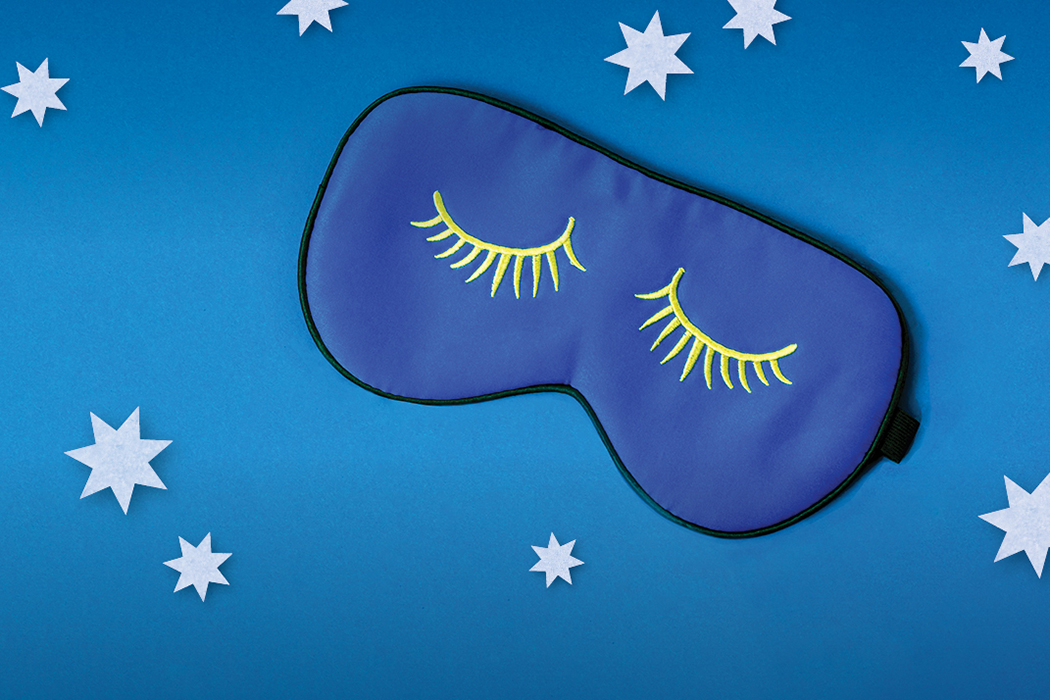What’s In Your Dust (And Why Does It Matter?)

Inhale. Exhale.
That’s one of about 20,000 breaths you’ll take today. And with each breath, you’re taking in dust particles—roughly 50 billion per hour.
Now you’re probably wondering what exactly is in those 50 billion particles. Gabriel Filippelli, a Chancellor’s Professor at the IUPUI School of Science, knows the answer.
“Sloughed off human skin cells are part of the debris. So are pet skin cells, called dander, and dust mites that feed on skin,” Filippelli wrote in The Wall Street Journal in 2019.

“Overall, you can be sure that your dust also includes some decomposed insects, food debris (especially in the kitchen), fibers from carpet, bedding and clothes, and particulate matter from smoking and cooking,” he added.
Indoor sources like these only account for about one-third of the dust in your house, though. The other two-thirds come from outside, tracked in on your shoes, blown through an open window, or hitching a ride in your pet’s fur.
Citizen Scientists
Filippelli is a dust expert. He studies how our environment, including the dust in our homes, affects our health. In fact, he’s so interested in dust that he’d like you to mail him yours. That’s right: Vacuum your house, empty the contents into a plastic bag, and send it to Filippelli.
Technically, you should send it to 360 Dust Analysis. Filippelli is the principal investigator for the project, which asks “citizen scientists” around the world to send in their vacuum dust.

Once your dust is analyzed, you get a report about the levels of contaminants in your home. Meanwhile, the 360 Dust Analysis adds another data point toward its global understanding of the composition and risks—and ways to address those risks—associated with our house dust.
Beyond Dust
Dust is just one piece of the environmental contaminant puzzle. Filippelli is also tracking lead levels in tap water in urban areas, with a focus on predominantly Black neighborhoods.
“It’s been consistently found that lead testing rates are significantly lower in communities of color, even as the poisoning rates are significantly higher,” Filippelli told IU News in 2021.
IU is helping address this environmental injustice by providing free lead test kits to people in high-risk neighborhoods in Indianapolis and Muncie, Indiana. Lead is a neurotoxin that can cause permanent brain damage; it’s especially harmful to infants and toddlers.

By studying our drinking water and dust, as well as pollution, soil, and waterways, Filippelli is giving us a clearer picture of the world around us. With that awareness comes the opportunity to adjust our behaviors and address the risks to our health. And when we’re able to do that, we’ll all breathe a little easier.
This article was originally published in the 2021 issue of Imagine magazine.
Tags from the story
Written By
Andrea Alumbaugh
A native Hoosier, Andrea Alumbaugh is a graduate of IU (BAJ’08) and a senior writer at the IU Foundation.



